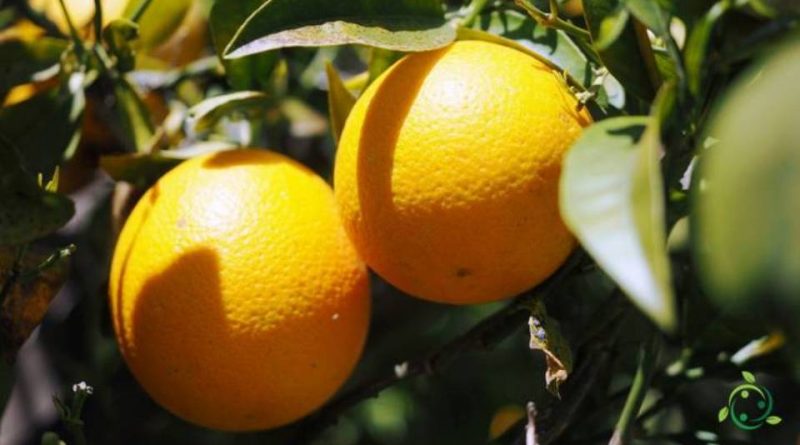When to prune sweet orange
When to prune sweet orange
Sweet orange (Citrus sinensis (L.) Osbeck, 1765) is a fruit tree of the Rutaceae family whose fruit is orange. It is an ancient hybrid, native to Vietnam, India and southern China, the result of a cross between pomelo and mandarin over 4000 years ago.
Sweet Orange is the most cultivated citrus in the world.
Variety of Sweet Orange –
The long cultivation of this tree and its worldwide spread have allowed the creation of many varieties that are distinguished by the ripening period, internal color of the fruits and other parameters.
In general, the varieties of sweet orange can be classified as follows:
– ripening period: from the very early ones (ripening until mid-November; eg Navelina, Skaggs Bonanza), to the very late ones (they ripen until the end of May and beyond; eg Valencia Late);
– internal coloring of the fruits: blond pulp (eg Ovale, Valencia Late, Belladonna) or pigmented (eg Moro, Tarocco, Sanguinello, Sanguinello Moscato);
– content in acids;
– presence of the navel or navel: the presence of the navel is due to a phenomenon of syncarpy that is the formation of a second fruit, deriving from a second whorl of carpels; ex. Washington Navel, Navelina, Thompson, Navelate, Golden Buckeye.
Pruning period –
In sweet orange, during the period of winter dormancy, flower buds are induced, while in the period between February and March the plant experiences its maximum accumulation of reserve substances in the leaves and branches.
This biochemical characteristic must be taken into consideration when choosing the pruning period. In fact, this operation must never be carried out in this crucial period, because the setting of the flowers, and therefore the production, takes place according to the amount of reserve substances that the plant has managed to accumulate.
Another period in which the pruning technique should not be carried out, in addition to that of the end of winter, is that of the months that are too hot or too cold, and therefore intervene in the remaining periods.
In general, the sweet orange is pruned in early summer, possibly in June.
There are different types of pruning to be performed on a fruit plant, that of breeding or training affects the first years of life of the orange plant and serves to define the shape that the tree will have.
For a detailed description of pruning techniques and training methods, see the following sheet. In any case, you should never overdo the cuts, because in orange a good flowering, and therefore fruiting, is obtained if the plant has an adequate amount of leaves. Excessive cuts usually favor the re-growth of vegetation to the detriment of production.
For this reason, the productive load must be balanced, also considering that the branches can be broken by the excessive weight of the fruit.
Furthermore, the lighting of the foliage is an important requirement for the orange plant but less rigorous in citrus fruits than in other fruit species, precisely because the foliage in this case must be protected from the risk of strong sunlight. However, an excessive internal vegetation can be a vehicle for phytophagous insects, such as scale insects and whiteflies, which in these conditions find a more suitable habitat to reproduce and proliferate.

